By Rick VanSickle
In the murky world of wine media in Ontario, the line between editorial and advertorial has never been blurrier.
It’s hard to ignore because it’s coming at consumers from every corner of the internet — from social media to emerging websites and even what used to be regarded as traditional media, which at one time was guided by a long-forgotten golden rule: The separation of church and state.
This post is predicated on a recent story uploaded here (later taken down for various reasons) on a letter by a wine industry association seemingly supporting a wine writer’s YouTube’s channels with a letter to members, which raised more than a few eyebrows from those who received it.

In response to that, I reached out to Toronto’s Erin Henderson (above, and very top photo), a journalist who made the transition successfully into drinks writing on multiple platforms, who shares her perspectives in a Q&A later in this post. She has some interesting points to share about the current climate for wine/drinks media. Henderson is the keynote speaker at the Niagara-on-the-Lake Chamber of Commerce’s business forum this Thursday.
The letter sent by the Wine Marketing Association of Ontario promoted the services of a Toronto wine writer who wanted help promoting their YouTube channels to association members.
The services offered by the writer included a video that “tells the story of one bottle that’s tasted on air and lasts 3-6 minutes. The fee for this one wine review is $4,000 (and if you purchase 10 of them, you get one free).”
Each video starts off with an intro by the writer which begins: “This is where I share one wine that I love, why I love it and then we taste it.” The promotional material states that their channels have 35,000 average views and “sets new standards for wine communication in Canada and beyond, reaching record numbers of viewers and inspiring consumers to try new wines with confidence.” Another channel offered to wineries features 4-6 wines “linked” to a theme with a cost of $1,150 per bottle.
The writer clearly states that there is no pay-to-play going on and that the money charged goes to pay production costs for the videos.
I’m not that troubled by what the Toronto writer is doing — it’s not my cup of tea, but if it’s a service Ontario wineries feel is helping to move their wines, then so be it. I do wish, however, that writers/content providers/YouTubers etc. were clearer on what is advertorial and what isn’t.
What is most puzzling to many in the Ontario wine industry was the fact that the Wine Marketing Association of Ontario (WMAO) sent a separate email to its membership to point out the services offered by one single writer on how to get on board with the YouTube channels. It appeared like an endorsement of one media entity over the all the others because it was sent under separate cover.
Said Marcel Morgenstern, sales director at Niagara’s PondView at Bella Terra Vineyards:
“I was surprised to see that. I didn’t know the organization allowed advertisements. And if it’s not paid advertising for the services offered, then I’d like to see more support of all the people who offer free or inexpensive opportunities to promote the industry at large.” Morgenstern pointed to wine media such as Carl Boucher, Michael Pinkus, Patrick Gagliardi and Ralph de Groot and many others in the wine media game.
Winnipeg Free Press editor and wine, beer and spirits writer, Ben Sigurdson, had thoughts on the issue. “As someone who reviews wine and is actually employed by a newspaper (vs. freelance), some serious red flags for me here. I’d review (vs. ‘feature’ or ‘showcase’) but would never charge and would always disclose the product was received as a sample. Apples and oranges? Maybe.” Sigurdson is an excellent wine writer and carries out his work with the ethics of the journalist he is. Also check out his fun videos on the drinks world, love them!
Other comments posted to a story published on my Facebook page ranged from, “I was shocked to see that email. Poor taste all around” to “nothing surprises me anymore.”
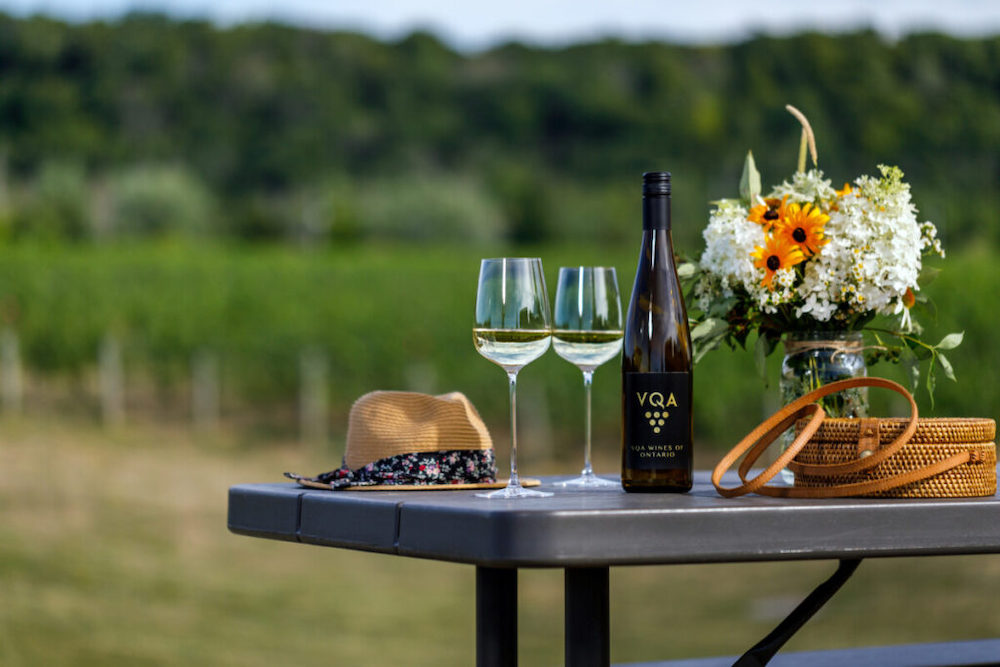
WMAO executive director of marketing, Sylvia Augaitis, contacted Wines in Niagara in the wake of a Facebook post about the email to explain the association’s side of it. “The wine world continues to change rapidly. We’re constantly challenging ourselves to optimize marketing initiatives and with this, sharing immediate selling opportunities for wineries to consider, has increased in significance.”
WMAO says that wineries are beginning to express interest in the association sharing additional sales strategies offered by wine media and influencers. It is the association’s role to share those opportunities with wineries so they are informed of possible paid partnerships that may be of interest to them.
The association is in the process of including a section on its newsletter to share a link that includes a list of selling and promotional opportunities offered by wine media and influencers that would be updated regularly as information is presented to them. Members of the association will be notified by newsletter when the link is available. In the meantime, media is welcome to pitch WMAO and/or wineries directly on partnerships.
The YouTuber’s email to WMAO members is just the tip of the iceberg for a muddled wine media landscape that wineries are struggling to understand. I can’t tell you how many times marketing people from Ontario wineries have asked me what I charge to review their wines. When I tell them I don’t work like and never have, they seem shocked, and even uninterested in sending their wines for possible review once they know that. Many wineries have a sense that if they pay to have wines reviewed, the results will be in their favour. It’s a prevailing expectation and a horrible place to be for the industry — both for writers and wineries. The confusion helps no one in the long run, aside from the person collecting the cheque, and is certainly alienating for the wine consumer struggling to understand if the reviews or stories they are reading or viewing are unblemished by paid partnerships.
It’s a new world out there, one that is still testing the market to see what will fly. Consumers are inundated with mixed messaging, some of it paid for by the advertiser and cleverly packaged as editorial and some not so up front with that information. It’s increasingly harder to find pure editorial content, by that I mean editorial not tied directly to financial compensation.
The true losers in all this upheaval are the consumers who are fed a steady diet of confusing content, and the wine/drinks businesses who are left to sort out how best to spend their limited marketing dollars in what is an increasingly complicated array options, many of which are confusing.
Wines in Niagara reached out to Henderson, founder of The Wine Sisters, for her thoughts on the debate regarding wine media and the current state of affairs. I have known and respected Erin for many years and love that she is a journalist who made the transition successfully into the drinks business with her own company and a slew of other side hustles. She gets it, she understands the nuances of what is right and what is wrong and always uses her journalist instincts to navigate today’s choppy waters. This is our Q&A with Henderson.
Wines In Niagara: Tell me a little bit about yourself.
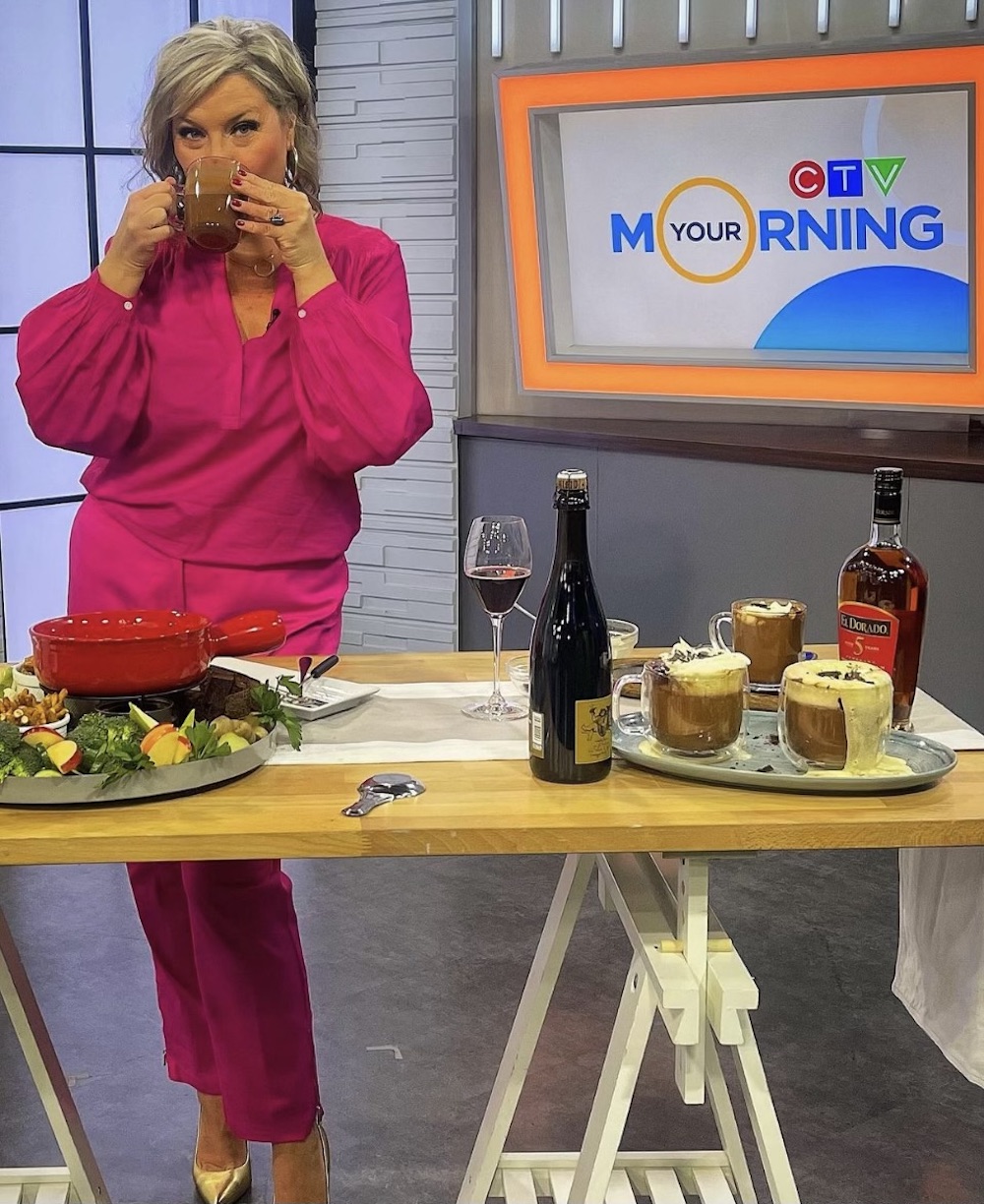
Erin Henderson: I’m the founder and chief sommelier at The Wine Sisters, a wine events and sommelier services company. At one point in time, I was a journalist reporting for some of the busiest newsrooms in Canada: Broadcast News (now defunct) and the Canadian Press, CTV, and 680 News are all on my resumé, along with a few others.
I always wanted to be involved in food and wine and tried to get “a beat” as a wine/food writer, which didn’t exist back then. I was told there was no such thing as a food and wine journo. Then Food Network came along, but that’s a story for another martini … Anyway, I left reporting to go to sommelier school (CAPS) and started working immediately as a somm (thank gawd) at a private club and then joined the management team at Canoe.
Based on client requests and feedback, I thought there was a need for a company that provided customized wine events, so in 2011/2012 The Wine Sisters was born.
But … because you can take the girl out of journalism, but the journalist out of the girl (honestly it’s like booger that’s stuck to your finger that you just can’t shake off), I still appear on television as a wine and drinks “expert” for CTV on The Social and Your Morning, and I write a monthly column for Adamo Nest magazine, and sometimes contribute to other websites or magazines.
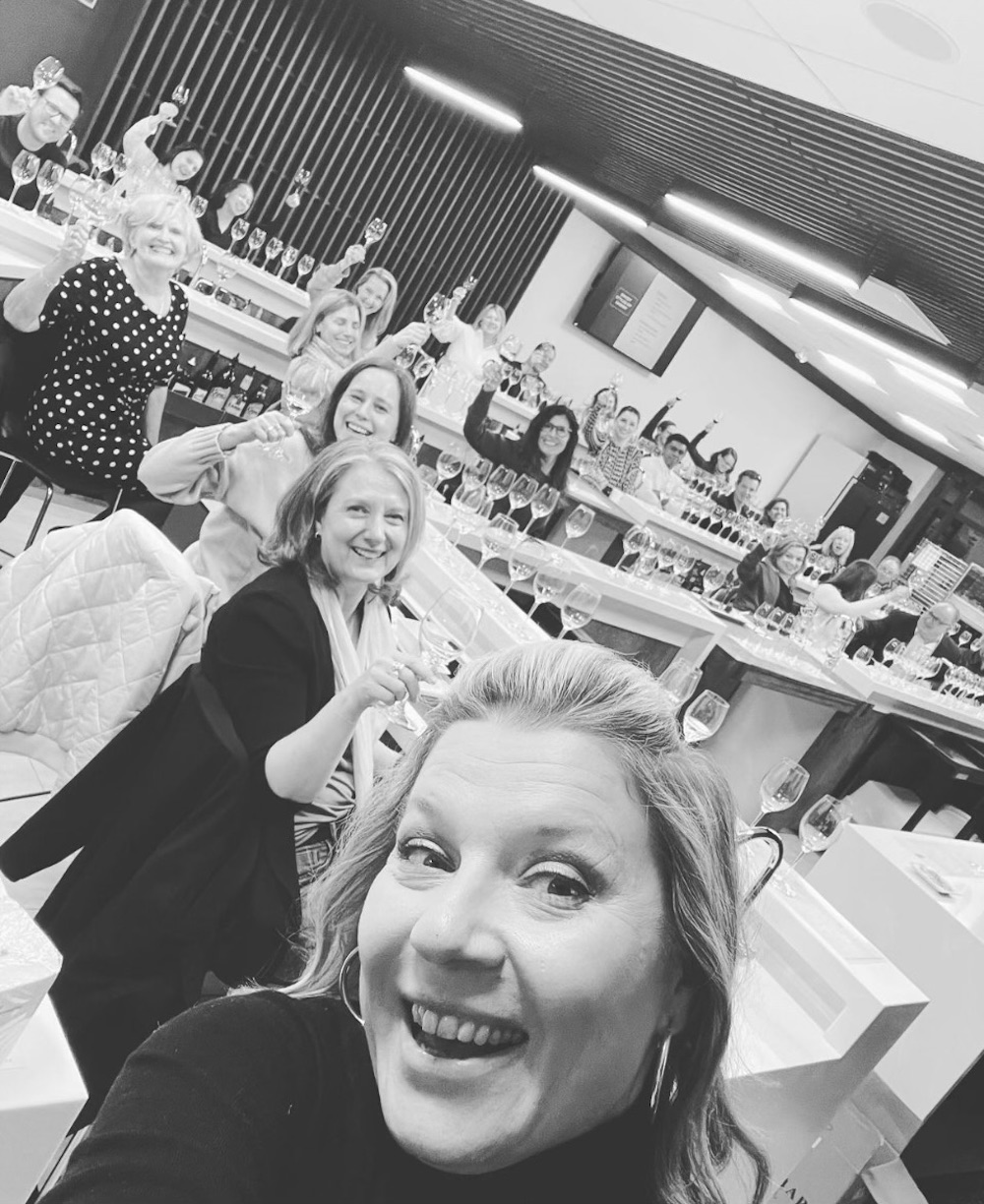
WIN: What has changed from your early days in the drinks/food writing business to now. How have the rules changed and is it a better place to practise your craft now with a wider purview?
EH: I’m probably not the best one to ask about this. (Others) might have a better black-and-white image of the good ole days versus now. I started in media when things were already cutthroat and cut to the bone. Writers were being asked to photograph, broadcast reporters were turning into videographers, videographers were doubling as editors. When I started at BN/CP, I was hired for the BN side … but quickly had to become CP. I got my ass kicked daily, and repeatedly torn down for not being “newspaper enough” when, really, I was a broadcaster. I don’t need to tell you there’s a totally different sound and process to each of the mediums. (I didn’t dare tell my editors that the newspaper men they forced to broadcast sounded like shit on the radio.)
The glory days of journalism were long gone. Old timers still made cushy livings, they’d probably bare-knuckle fight you, Hemmingway style, in the middle of the newsroom if they didn’t, but for up and comers – it was a pretty rough ride straight to the poor house. In fact, related to what this article is about, I was working for a big organization when the news broke of a bed bug infestation in Toronto – hotels, mattress stores, apartment buildings, subway seats, everywhere. It was gross and terrifying and everything that made for a great story to lead the 6. My editor assigned me the story, but my producer instructed me not to talk to the furniture heads at Department Store X because it was a major advertiser, and we didn’t want the store involved or implicated in any way and risk our ad dollars getting pulled.
In the early aughts, leading reporters and columnists were losing their jobs to bloggers who would do the same work for free. There was one newspaper in Toronto that famously cut its long-standing wine columnist, presumably making an OK living, and replaced him with someone who wouldn’t be so bold as to demand a paycheque. Was the volunteer writer qualified? Probably not. But who cares? He or she was working for free, and readers didn’t seem to notice, and if they did, they didn’t seem to mind.
While the art of good journalism still exists in the hearts and minds of many writers, reporters, and broadcasters, the stage for the profession continues to shrink at an alarming rate. Which makes those hellbent on keeping a byline a bit scrappy, and in the face of a losing battle, maybe not always make the same choices they would have made in flusher times. Like Rose floating on the door as the Titanic sinks – there’s only room for one of us, Jack, and while I love you, it’s you or me. And I pick me.
WIN: What are the rules you place on yourself when dealing with a client? In other words, how do you manage to please both the client and your own journalist ethics.
EH: I may be having an existential crisis, but this is a question to be duked out in the Ancient Agora of Athens. On one hand, what’s a reporter to do? The well is turning up sand and everyone needs to pay the rent. On the other, taking money for coverage is just anathema to “professional” journalism.
But is the influencer culture posing as professional journalists? Not at all. But they are posing as experts (lifestyle? WTF does that even mean?) and have built an audience who presumably trusts their authority. By not disclosing when something is a paid endorsement well, that’s just … icky.
Do I take on partnerships and endorsement deals? Of course. Just as television sells commercials, newspapers and websites sell ads, and buildings sell their walls for billboards. We all need to make money, and I’m certainly not in this to volunteer my time. I’m not the vinous Mother Theresa, here.
Dissidents might scream that I generally don’t care for Sauvignon Blanc or Malbec. Yet, I have made recommendations for certain bottles I think are good and when the occasion, or food pairing, is right. I don’t feel that’s being deceitful since I’m not gushing about how much I love them, but about some attribute that makes them worthy of a mention. Others, however, could easily disagree.
I suppose this response is more of a question, so apologies for the meandering. I guess, at the end of the day, you have to ask yourself if you are doing the right thing. Will someone feel misled by your actions? I suppose that’s up to the writer, influencer, reporter, or sommelier to decide.
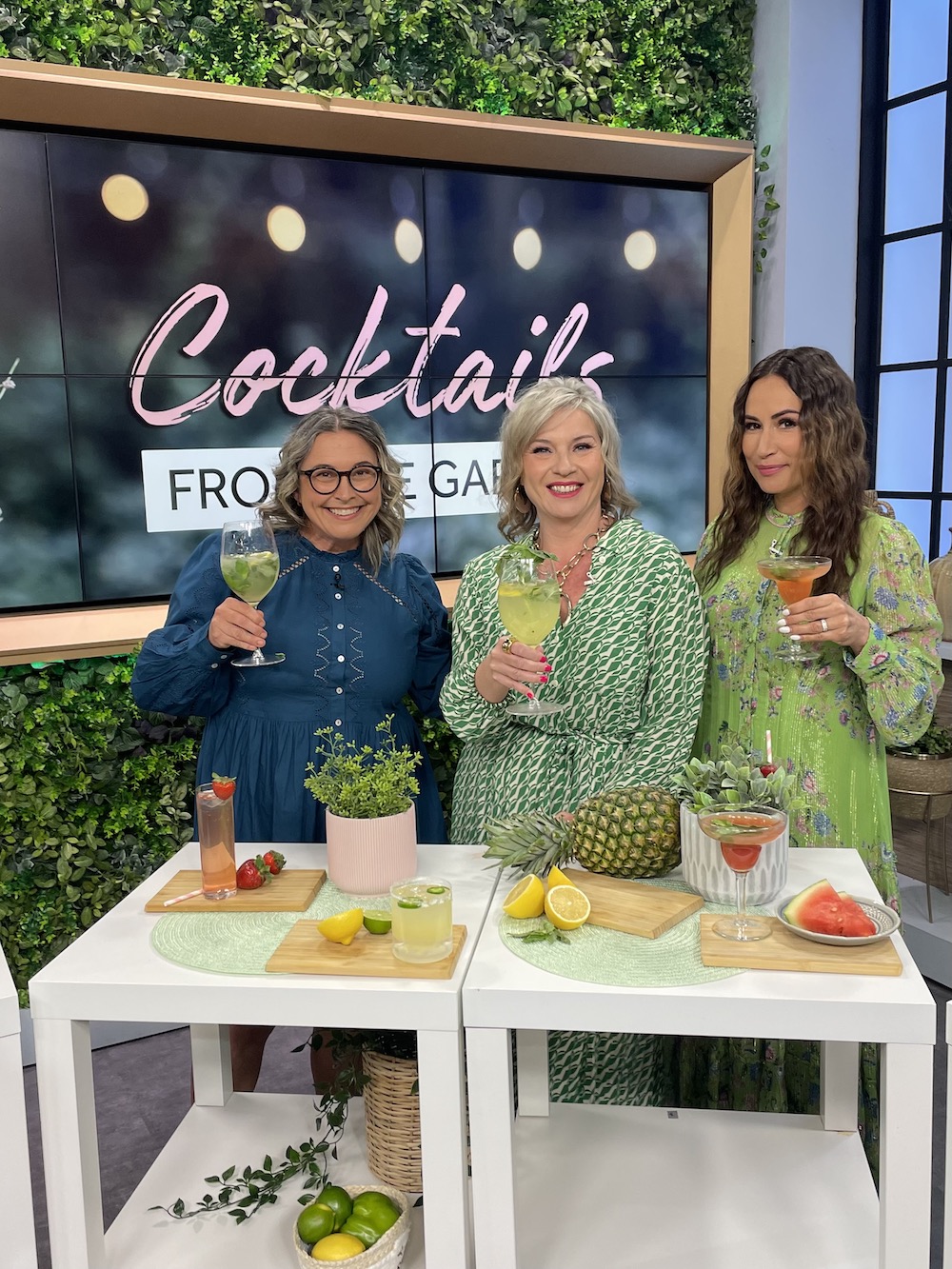
WIN: In my opinion, you do things right. You don’t cross lines that would go against your believes ground into you as a journalist. Are there lines you won’t cross even though you see many others blurring those lines increasingly.
EH: Do I cross lines? I make a really conscious effort not to, but I’m sure some investigative sleuth could dig up a few places where I’ve certainly tripped over the years. But no matter how desperate times get ( {cough, cough} Covid), I always remember the old line, “it takes years to build a reputation and minutes to tear it down.” And we’ve all seen people and companies – big and small – who can no longer be trusted based on some seemingly impulsive, take-the-money-and-run decisions.
No one’s perfect, and certainly I trail the caboose on the altruistic line, but I always try to keep the big picture in mind – not take what’s easy now in exchange for where I want to be long term.
I’ve turned down some opportunities, and trust me, turning away money is not in my business plan. However, having these uncompromising values simplifies my life and decision making. I simply know there are a few items on the docket that are no-go, no matter what, so I don’t have to waste any time thinking about my decision.
Want an example? I’m on record, even on my own blog, about my distaste for wine and chocolate pairings. The trend isn’t as strong as in the past, but usually around Valentine’s Day, and International Women’s Day, for some stupid reason, we get calls to host this tasting. And I always reject it. Usually, I can pivot the topic to something else, but not always, and it burns when business goes elsewhere.
Another example in terms of writing or reviewing? I’ve been asked a number of times to discuss the so-called “healthy” or “better for you” wines. They’re a big trend and there’s some money to be made. But I don’t like it, I fundamentally disagree with the whole concept for a number of reasons, so I don’t talk about it. (This is not to be confused with low alcohol, I am happy to talk about low alcohol options, but never from the frame of some kind of low-carb or low-calorie angle.)
WIN: What advice do you have for wineries or any business trying to raise their profile with myriad choices out there?
EH: Who do I look like, Ray Dalio? If I had the answer to that I’d be sitting on a beach somewhere no one could find me drinking Mai Tais Ontario VQA.
Honestly, when I look at some of my friends and colleagues at wineries doing really clever things – especially the boutique upstarts that have gained a cult-like following – I feel like I should be asking them the marketing questions.


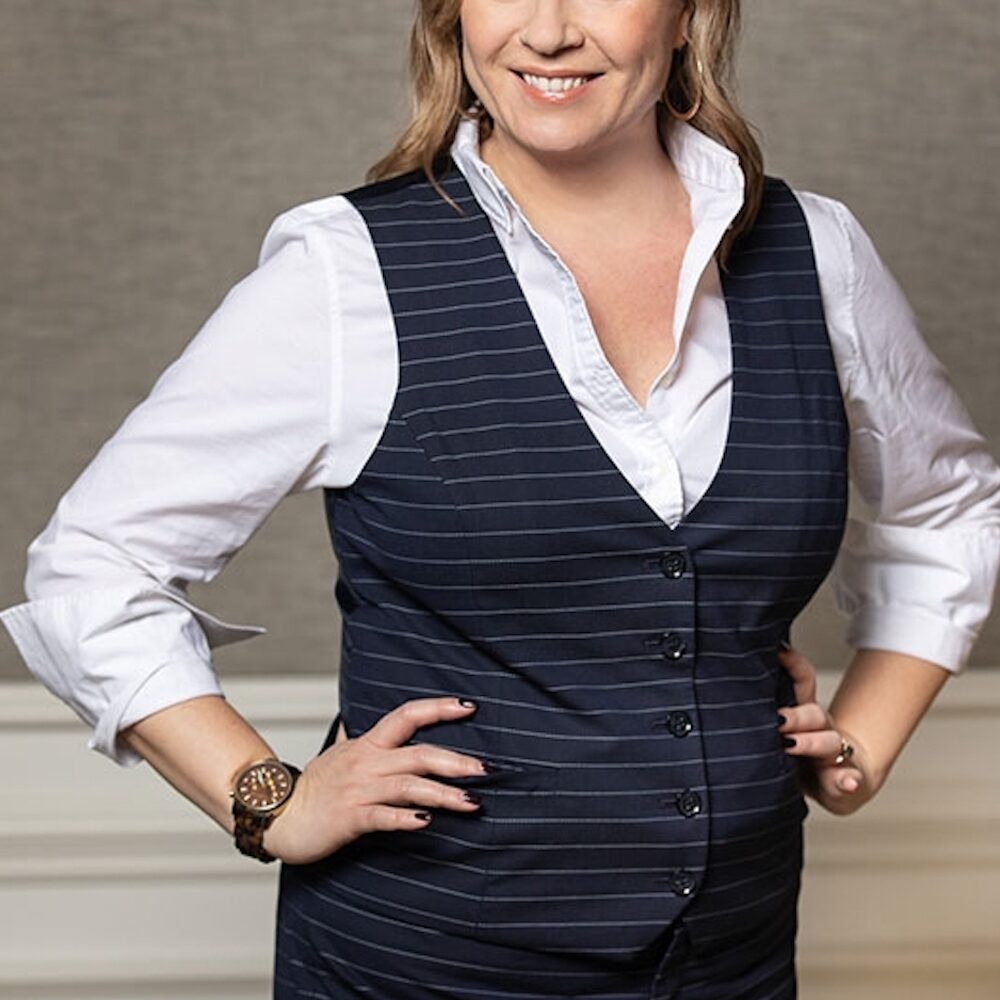





Great article Rick. As you’ve noted several times the lines are getting blurred and it’s hard for the average consumer to know what’s a real review or a paid promotion. One can only hope that they read journalistic articles like this one to find out.
I was really interested to read this, Rick. Thanks for posting. I’ve often wondered about some wine reviews I’ve read and the person doing the review being a natural sceptic, after all. I think the issue of disappearing journalists is bigger than the wine review group as I see news being reported by people I really wonder about in terms of background/training and source [such as social media] etc…
I also avoid anything related to ‘influencers’ as I see that as a whole element of social media that I have no interest in. Don’t care to add my ‘click’ to their totals and I limit my social media anyway. So, thanks for your blog here. Always a good read for me.
Thanks, Ralph. We are in total agreement. Rick